Cadaver Lab
At EMU, you will get a unique opportunity to practice cadaver dissection. Like all our labs, you will get hands-on experience while receiving personal mentoring from faculty. Many graduates say this experience puts them far ahead of their medical school classmates.
EMU's cadaver lab gave these students an advantage
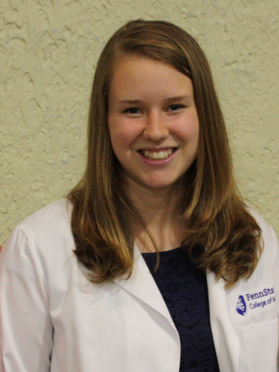
Carissa Harnish ’15, Penn State College of Medicine
Learning human anatomy in this way helped me to be more prepared for anatomy in medical school. I was more confident during anatomy lab than fellow medical students and became a leader in my anatomy groups. It also helped me to remember information more quickly during medical school, as it was my second time dissecting a cadaver.

Chang Tan MA ’18, Edward Via College of Osteopathic Medicine
Cadaver dissection was one of the unique experiences that I brought to my medical school interviews. I have studied anatomy as an undergraduate student at [a larger university] and felt that the bigger class size there in both lecture and laboratory settings made it difficult for me to fully appreciate the subject, as everyone would just be crowding around one cadaver that is already dissected.
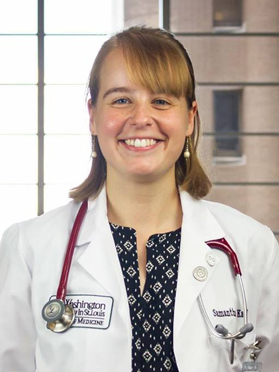
Samantha Kauffman ’18, Washington University School of Medicine in St. Louis, Missouri
Studying cadavers at EMU was one of my first introductions to just how complex and beautiful the human body is. From what I can tell, most of my classmates (in medical school) did not have the opportunity to work directly with cadavers before starting medical school.
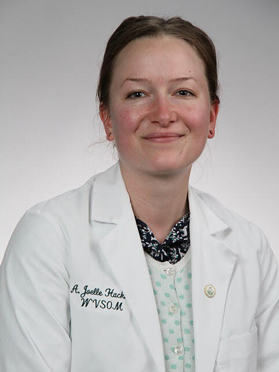
Adrian Joelle Hackney ’07, MA ’10; West Virginia School of Osteopathic Medicine
There simply is no replacement for the kind of learning you can achieve by the process of dissection, inspection, touch and sight of the human body. When you can look inside the body at all the organs, the relationship of each part to another, the relative size, shape, and three-dimensional aspect of each piece, you really begin to understand all the theoretical pieces of knowledge you’ve garnered from your books and lectures and how they work together as corresponding systems to keep the body alive, functional, and thriving.
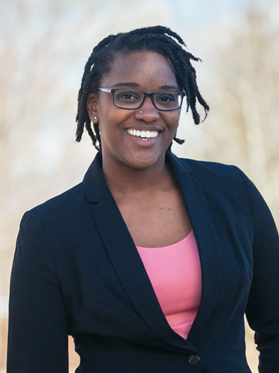
Shanae Ikeea Scott MA ’17, University of Pikeville, Kentucky College of Optometry
Cadaver dissection allows students to both see and understand the body in terms of how delicate or how tough/rigid the body can be. Although my focus now is on eyes, a lot of systemic conditions can be seen in the eyes, even before there are signs and symptoms elsewhere. It is essential to understand how the body is all linked together as a unit.
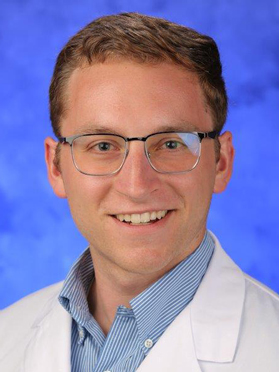
Jason Spicher ’15, Penn State College of Medicine
It was a powerful experience to do a human dissection. In my class at EMU, we only had teams of four dissecting a cadaver, so as a student I felt more involved and likely learned more from the experience.I remember our professor reading a poem to us as a class about the gift of a cadaver. We spent the majority of the class period talking about the humanities associated with cadaveric dissection and that stuck with me as I entered into medical school.
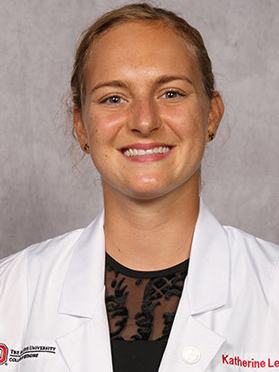
Kat Lehman ’18, Ohio State University College of Medicine
The human body is remarkably complex and beautifully constructed...this is a reality that a person can conceptually glean from a physiology class or by leafing through an anatomy atlas, but actually seeing and touching the structures is a far more powerful experience. On our first day of dissection, our class did a devotional together to celebrate the miracle of human life and to express gratitude for the incredible gift that the donors had given. The concepts that were cultivated in the anatomy lab continue to shape the way I think about my calling to medicine.

Vincent Morra MA ’15, West Virginia School of Osteopathic Medicine
Learning anatomy in a textbook or via digital apps is one thing, but learning it from a human donor is something completely different. Having the hands-on experience is very valuable, because when you personally dissect and study the human body you learn and see so much more. On top of that, no human body is “textbook perfect.” We all have our differences, and it’s not until you have the opportunity to personally dissect donors that you can visualize and learn from these differences.
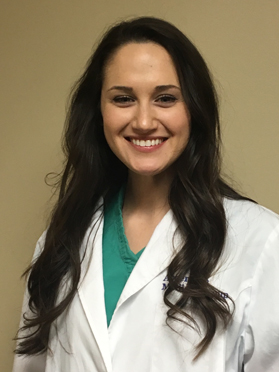
Hannah Weaver Roth ’16, physician assistant working in surgical urology in Wichita, Kansas
Studying cadavers challenged my deductive reasoning as a student and showed me that the human body is far from cookie-cutter. I’m beginning my first job as a PA working in surgery, and a large part of my knowledge of how to find and identify structures came from learning with cadavers in my undergraduate and graduate education.
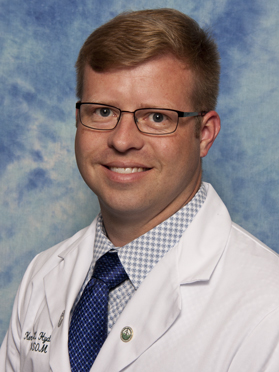
Kenny Hyden, Jr. ’07, MA ’14, West Virginia School of Osteopathic Medicine
Most of my medical school colleagues did not have the opportunity nor were required to do gross anatomy for their degree programs prior to medical school. This put me ahead of them in the anatomy lab. I often times was helping them understand and identify things. Also, my dissecting skills were better.


